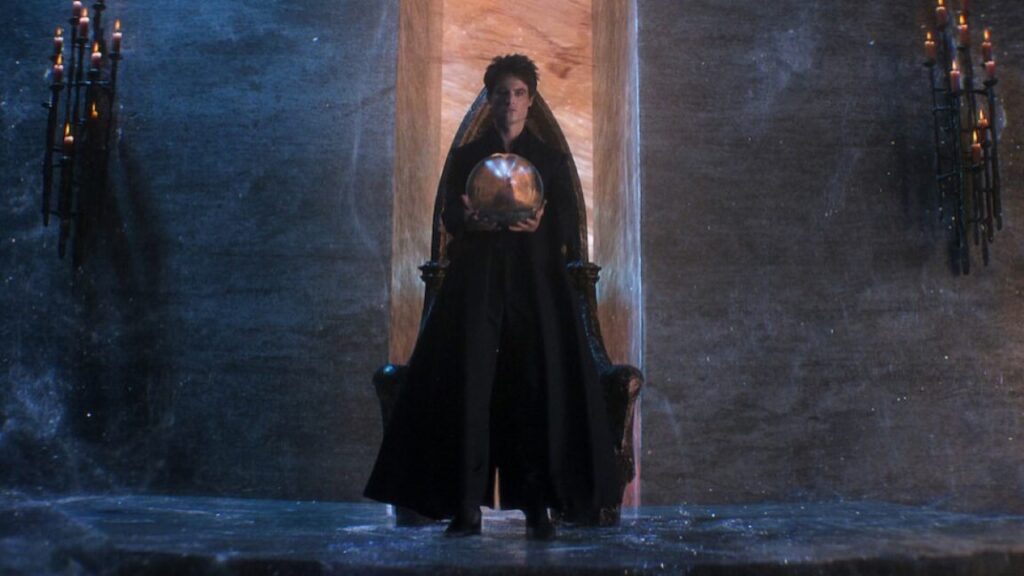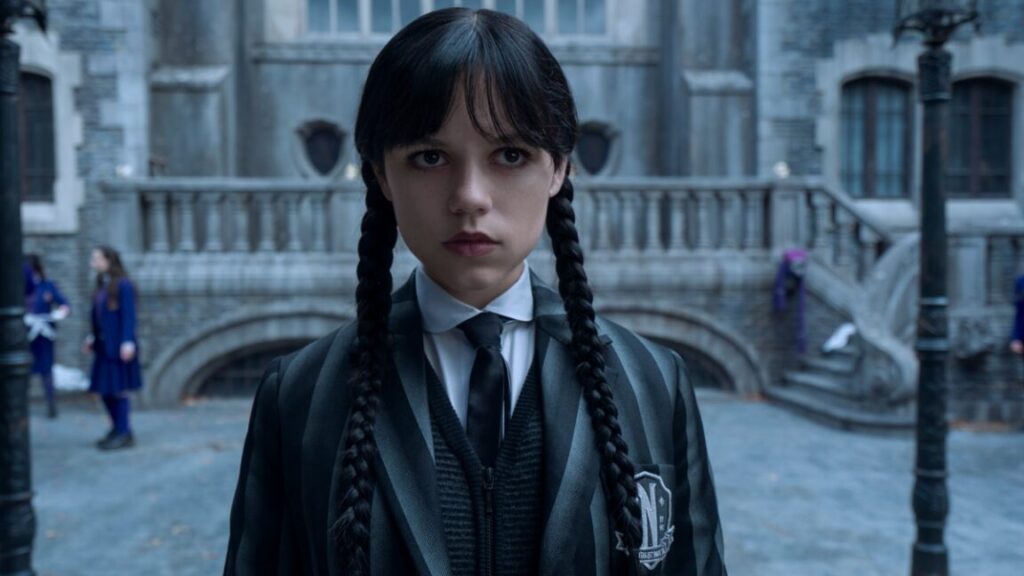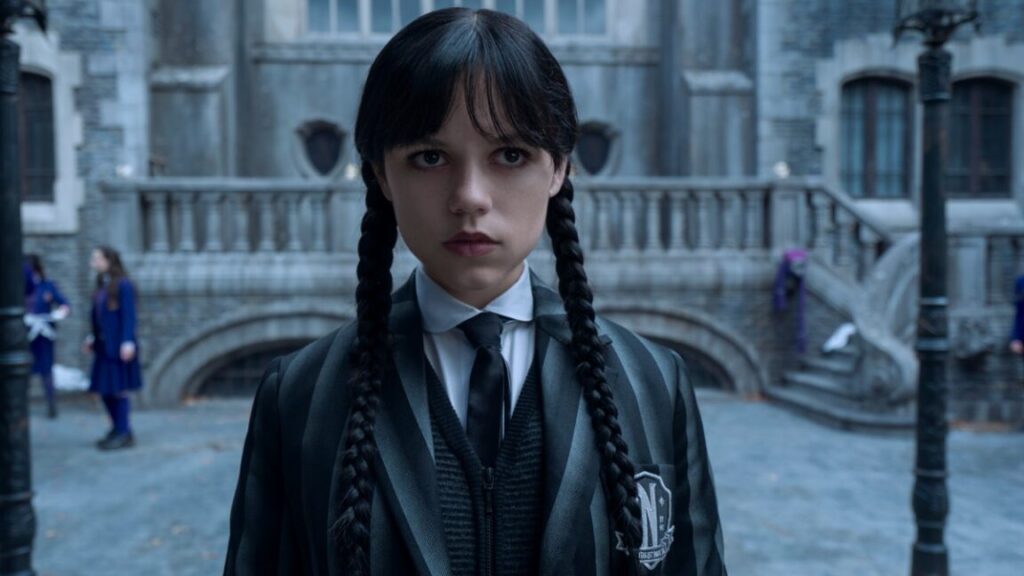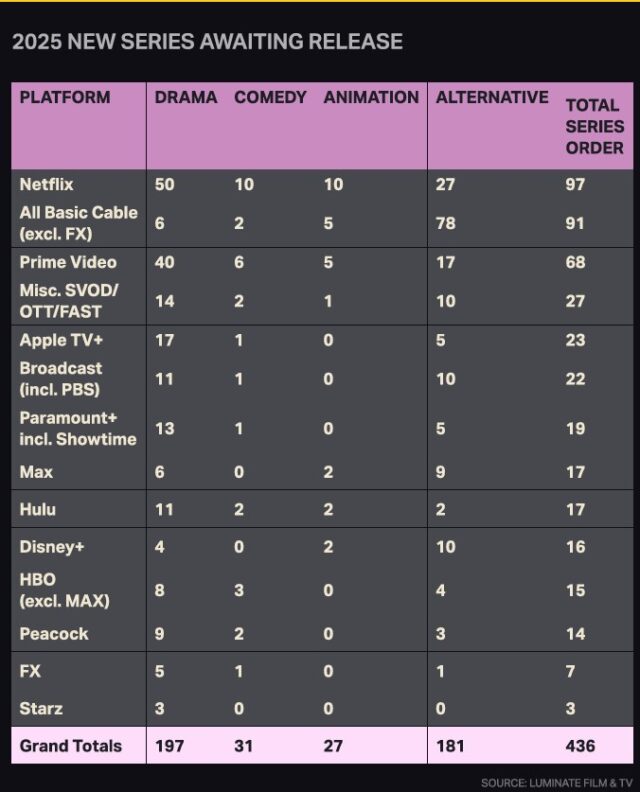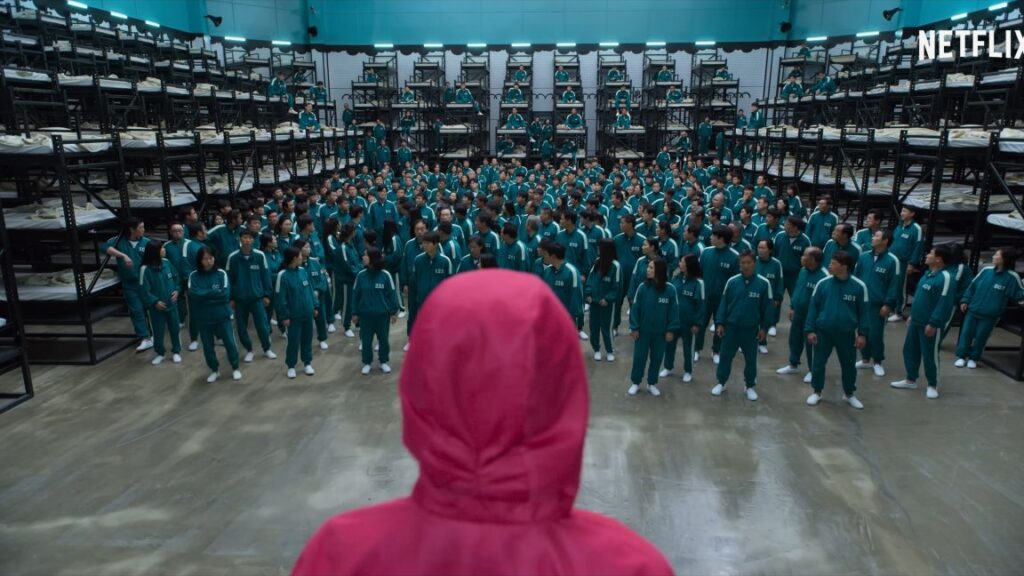Prepare to bid farewell to The Sandman with S2 trailer
There are some design changes from S1. “Design-wise, Dream has a new palace which symbolizes his intense desire to move on from the events of S1,” said Heinberg. “Which means his throne room has had a remodel. As has the outer lobby. We also explore a number of entirely new time periods, worlds, and realms. And all the designs—the sets, the costumes, the props, the VFX—have their roots in the comics.”
Naturally, Sturridge is returning as Morpheus/Dream, as are Kirby as Death; Mason Alexander Park as Desire; Donna Preston as Despair; and Christie as Lucifer. Judging by the trailer, we’ll also see Stephen Fry returning as Fiddler’s Green, Holbrook’s The Corinthian, Mervyn Pumpkinhead (voiced by Mark Hamill), and The Fates (Dinita Gohil, Nina Wadia, and Souad Faress played Maiden, Mother, and Crone, respectively, in S1).
New cast members include Adrian Lester as Destiny, Esmé Creed-Miles as Delirium, and Barry Sloane as Destruction, aka The Prodigal, as well as Ruairi O’Connor as Orpheus, Freddie Fox as Loki, Clive Russell as Odin, Laurence O’Fuarain as Thor, Ann Skelly as Nuala, Douglas Booth as Cluracan, Jack Gleeson as Puck, Indya Moore as Wanda, and Steve Coogan as the voice of Barnabas, canine companion to Destruction.
The second season of The Sandman will premiere on Netflix in two parts. Volume 1 drops on July 13, 2025; Volume II starts streaming on July 25, 2025. The bonus episode, “Death: The High Cost of Living,” will air on July 31, 2025.
Prepare to bid farewell to The Sandman with S2 trailer Read More »
